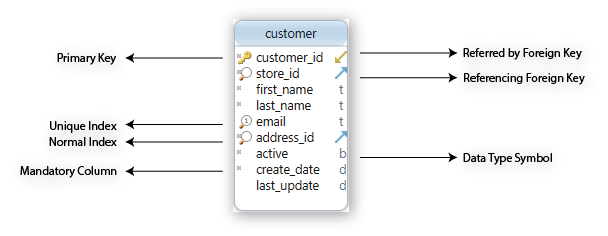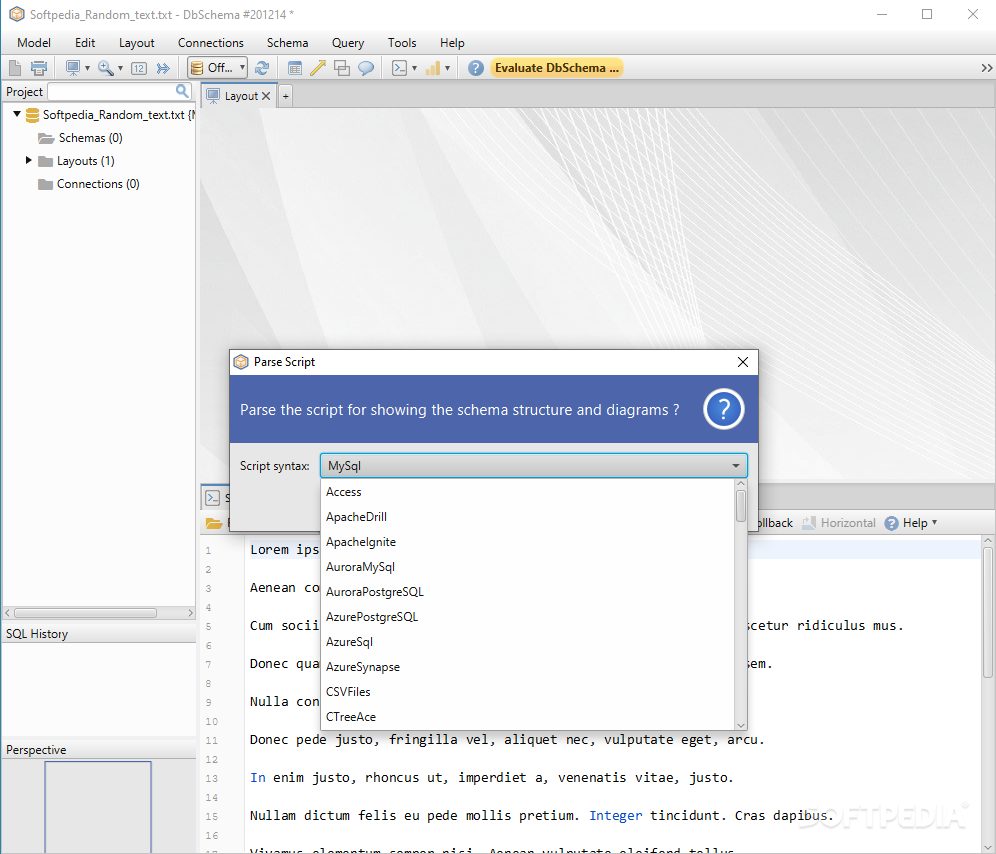

#Dbschema online drivers#
Portfolio analysis business drivers data.ĭata about user jobs process through the Queue Service.ĭata about security groups, categories, and permissions.ĭata about SharePoint items from project sites.

Project Web App server settings change data. Click on the feature name in the table to see brief definitions of the objects and properties you may see in the data you export data you receive about the user. The feature areas for both Project Online and Project Server include the following.

The export method defined in Export user data from Project Server queries for feature-related data through SQL scripts run against the Project Server databases. If no data is found for the user in that feature, the corresponding. json files that checks for a specific user's data in features used in Project Online. The export method defined in Export user data from Project Online creates the following feature-related. The unique identifier for the PWA site in which the project exists. For example, a user can save the project and not publish, meaning that it will appear in the Draft projects list, but not the Published or Reporting projects lists.Ī project admin can use the Project list files to give them information about which project-specific export files they may be interested in analyzing to decide how much of the exported content should be shared with the user.Īll three of the ProjectList files will have the following properties for each project listed: Property The list of projects may differ slightly for each of the three files.

Is the status manager of a task in the project. Is an assignment owner of a task in the project. Has a task assigned to him or her in the project. This means the user was involved in the project as at least one of the following: All the projects in the lists were projects the user was a part of. You will receive three lists of projects contained in the Project Draft, Published, and Reporting schemas. Project-specific Metadata files: Project metadata about a user's project in the PWA site. Project-specific user data from the reporting data: Detailed data about a user's project in the PWA site. Project lists: A list of projects that the user was a part of in the Project Web App (PWA) site.įeature-specific data: Feature in the PWA site in which the user might have data. We can group the user data output your receive from both Project Online and Project Server into the following: This article will include short descriptions of the objects and properties you will find in the output data. The AWS Schema Conversion Tool supports the following conversions -Īmazon Aurora MySQL-Compatible Edition (Aurora MySQL), Amazon Aurora PostgreSQL-Compatible Edition (Aurora PostgreSQL), MariaDB 10.This technical reference article describes the data objects and properties contained in the output files you receive when using the user data export method described in Export user data from Project Online and in Export user data from Project Server. Once schema conversion is complete, SCT can help migrate data from a range of data warehouses to Amazon Redshift using built-in data migration agents.
#Dbschema online code#
During this process, SCT performs cloud-native code optimization by converting legacy Oracle and SQL Server functions to their equivalent AWS service, helping you modernize the applications at the same time of database migration. SCT can also scan your application source code for embedded SQL statements and convert them as part of a database-schema-conversion project. Any objects that cannot be automatically converted are clearly marked so that they can be manually converted to complete the migration. It automatically converts the source database schema and a majority of the database code objects, including views, stored procedures, and functions, to a format compatible with the target database. The AWS Schema Conversion Tool (AWS SCT) makes heterogeneous database migrations predictable.


 0 kommentar(er)
0 kommentar(er)
